In today’s world, people who are tired of the rat race in the traditional workplaces and the lifestyle that comes as a package, likely to choose a lifestyle called ‘‘digital nomad’’.
So, let’s get into the basics.
Table of Contents
What exactly is a digital nomad?
The digital nomad lifestyle implies that you can mix travel with work and clock in from anywhere in the world. Nowadays, it’s become a hashtag trending on Instagram “#DigitalNomad” with the pictures of people working on their laptops in beautiful serene places.
A digital nomad is someone who travels frequently, with no set home base, and works remotely to support their lifestyle.
There are WordPress developers, Start-up directors, Amazon shop owners, UX Designers, Inventors, Travel Bloggers and no doubt another few hundred trades. All with different skillsets, interests, stories, and life histories but all with the same passion for somehow making their life pan out differently from the School-Uni-Work / 9-5 society.
As digital nomads, they can combine their work and indulge in their hobbies, spare time interests too. Some find themselves in destinations specifically for surfing, for kitesurfing, for the beaches, the sun, the city, the festivals, the lifestyle, the culture- wherever it is that allows them to work alongside their idea of fun.
The variety of jobs for digital nomads is pretty big, from freelance writers to graphic designers to virtual assistants, but the job itself is not so important as the fact that there is no office where the digital nomad is expected to show up daily, giving them the freedom to work from anywhere with a wi-fi connection.

If you already decided to choose this lifestyle, you should do some serious research on where you’d like to travel. Buy a plane ticket. if you are committed to trying out this lifestyle then just go for it, pack your bag and don’t overthink it. The rest will fall into place. If you are passionate about working online then you will find something, so just pick a place that ticks all your boxes and go for it.
Home is the here and now.
Think about what you’d like to do abroad. So, I have made a list by considering the cost of living expenses and quality of life parameters.
All of these destinations are affordable, yet beautiful.
Quito, Ecuador
Numbeo’s Quality of Life Index: 119.57
Nomad Score: 3.82/5
Internet: Good, 8Mbps (avg)
Life Expenses per Month: 1050 dollars
Ecuador is one of the least expensive countries in the world in which to live. Everything from the price of real estate and rent to the cost of hiring a full-time maid and dinner out is lower.
New cars are common, including several brands made in Ecuadorian factories. Almost everyone owns a cellphone (or two), and internet connections are easy to come by.
World-class restaurants serve excellent meals, yet you’ll be hard-pressed to pay more than $50 for dinner for two—with drinks included. It’s not difficult to live on less than $20,000 per year, and you don’t have to live a frugal lifestyle to do it.
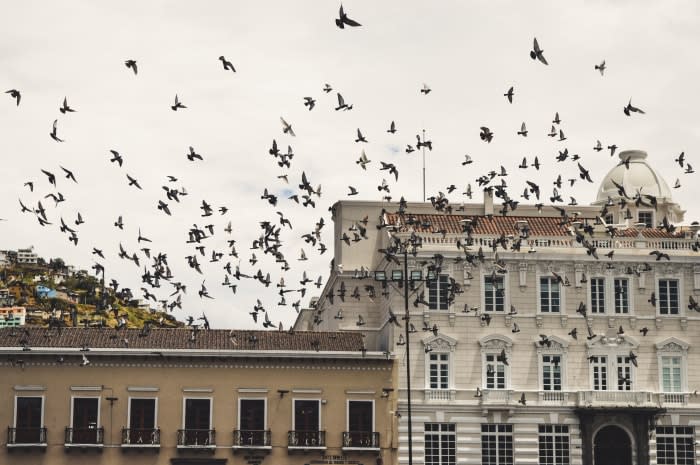
Ecuador offers something for everyone, and at prices unheard of in North America and Europe.
In Ecuador, a nice two-bedroom, two-bathroom condo will run you around $550, groceries around $400, you don’t need air conditioning or heating because in the Andes being close to the equator makes for temperate weather, and you probably don’t need a car because taxis run $1.50 to $3.50.
It’s more about what you don’t have to spend. If you want to stop worrying about counting every penny and start living, Ecuador is a good match.
Tallinn, Estonia
Numbeo’s Quality of Life Index: 178.11
Life Expenses per Month: 900 dollars
Estonia is the most northerly of the three Baltic states and has linguistic ties with Finland. Since regaining its independence with the collapse of the Soviet Union in 1991, Estonia has become one of the most economically successful of the European Union’s newer eastern European members.
Tallinn is the capital city of Estonia and covers approximately 160 square kilometers. The city has a harbor located on the north coast of the country, on the Gulf of Finland. The official language is Estonian, but roughly half the population is Russian speakers. Other languages represented in Tallinn include Ukrainian and Finnish.
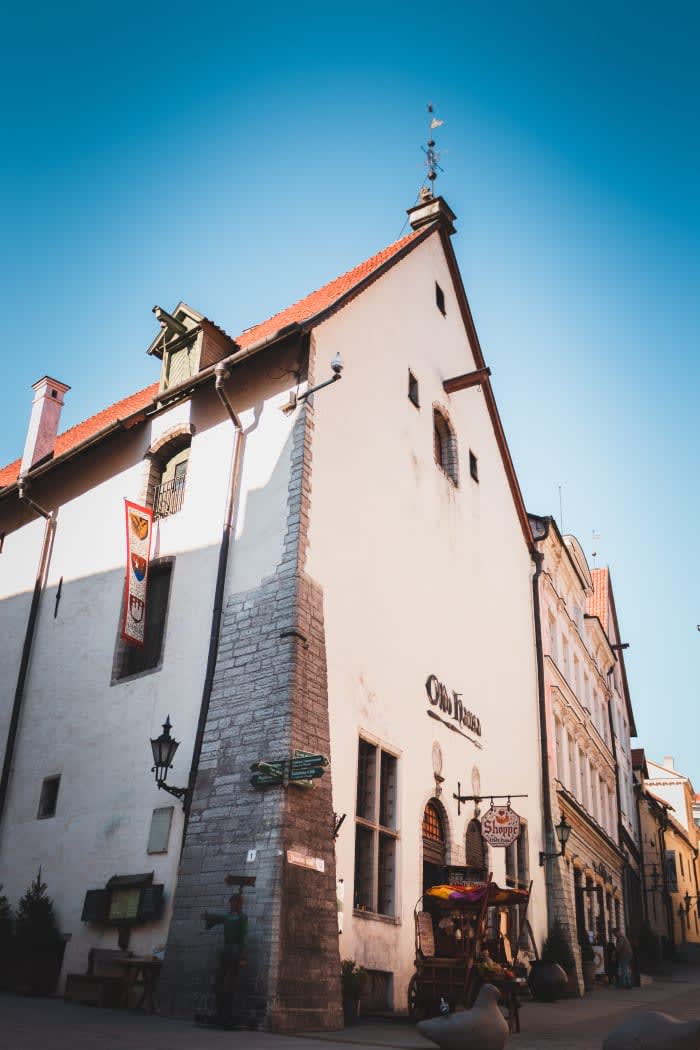 Tallinn is a city of contrasts. The medieval old town, under UNESCO World Heritage protection since 1997, is a picturesque extravaganza for tourists. Outside its walls lies the real Tallinn, a vibrant city where modern concrete and glass buildings intersect with traditional wooden houses and gray soviet blocks from bygone times.
Tallinn is a city of contrasts. The medieval old town, under UNESCO World Heritage protection since 1997, is a picturesque extravaganza for tourists. Outside its walls lies the real Tallinn, a vibrant city where modern concrete and glass buildings intersect with traditional wooden houses and gray soviet blocks from bygone times.
Tallinn is a modern city ready to be discovered. Full of beautiful cafes, renovated factories serving as co-workings and offices, big glass buildings, nice restaurants, theaters, and plenty of things to see and experience.
Being a seaport city, it also has a beautiful port area which happens to be the hipster neighborhood also. The east part of the city acts as the financial heart of Tallinn. That’s where most modern businesses and malls are. The airport, located in that area, is quite close to the city.
Tallinn enjoys many cultural events throughout the year, including classical, jazz, and popular music concerts, sporting events, and art exhibitions. It has been said that there is music for every day in Tallinn, with concerts taking place each day in the concert halls and churches around the city. There are also music festivals, including Jazzkaar; the largest jazz event in the Baltic States, and Estonian Music Days, which highlights the recent work of Estonian composers.
Life in Tallinn doesn’t just revolve around music, though. Lovers of the outdoors will be similarly at home in Tallinn, with 46 km of coastline to explore. There are a number of activities that take place on the coast, including surfing, windsurfing, and boating.
Phuket, Thailand
Numbeo’s Quality of Life Index: 117.86 (High)
Nomad Score: 4.33/5
Cost of living: ~$1150 / month
Internet: Fast: 28Mbps (avg)
Whatever you think of when you imagine Thailand, you’re probably right. The tropical paradise of turquoise waters and white sands? Check. Golden temples and orange-robed Buddhist monks? Them too. Curious monkeys and mist-shrouded peaks? Yup, even those. Adventure travel in Thailand is super-sized, and the thrills come by the dozen. Visit with elephants, trek through the jungle, climb rocks, meditate, dive among coral reefs, and sample the incredible cuisine. No matter what you choose to do in the “land of smiles,” you can bet it’ll leave you with a megawatt grin on your face.

The country known for beaches and adventure travel is one of the best places to work remotely. If you’re looking for remote places to live and work, the outskirts of Chiang Mai would be perfect for you. Tucked away in the mountains of northern Thailand, you’ll find peaceful solitude. It’s also super easy to tap into a buzzing city. In-country travel is super accessible, with flights from Chiang Mai to Bangkok or Krabi averaging $50-100 on average (Kayak).
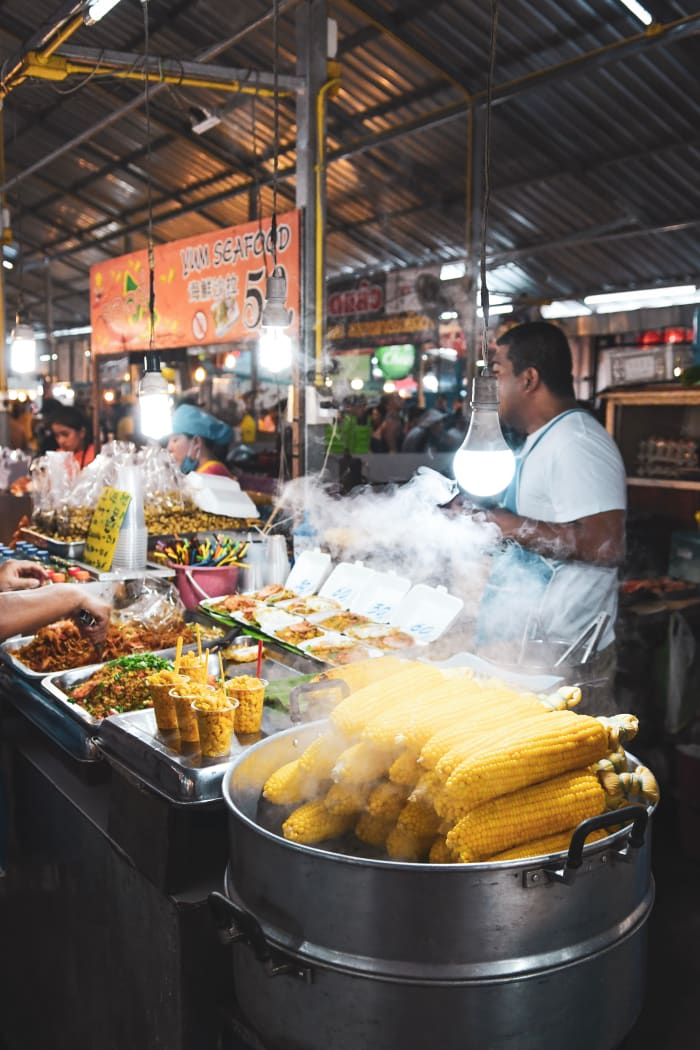
No matter what time it is, you’ll find amazing food. There’s always something cooking in Thailand: Explore a night market and grab an authentic plate of pad thai and Khao soi—or a handful of crispy fried crickets if you’re feeling uber adventurous.
With meals costing less than $1, you can afford to treat yo’self on an occasional extravagant $10 meal at a fancy restaurant. Follow that up with a Thai massage and you’ll be looking for a palace to crash in because you’ll feel like royalty.
Hit up a local cafe (they’re all adorable), chill at a hostel, or check out some sweet coworking spaces for wifi to do your nomad work.
Istanbul, Turkey
Numbeo’s Quality of Life Index: 112.21 (High)
Nomad Score: 4.39/5
Internet: Fast, 11 Mpbs on average
Monthly Cost: 800 dollars
Istanbul, Turkey, the only city that sits on two continents, Europe and Asia. Istanbul is a good alternative location for working remotely.
Of course, it is not a village where everyone will be nice and smile at you if you expect this. However, Turkish people love foreigners. Most of them are hospitable and friendly. Make as many friends as you can. You’ll have some friends for life. However, the beauty of the culture compliments everything. I suggest having the right intention when coming to Istanbul. If you want to enjoy your life, live at your own pace – go to islands to swim, see historical places, walk on your feet a lot, go to cool restaurants and very vivid coffee shops (the variety, is wow!!).
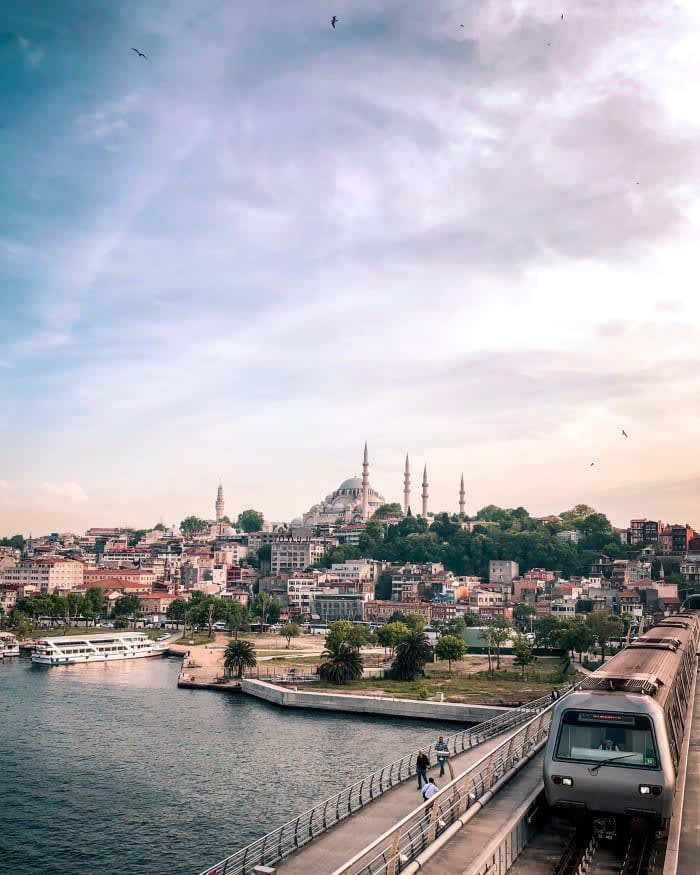
Maybe you have heard of or visited cat cafes anywhere out of the world… But hey, Istanbul has a surprise for you, nearly all the cafes are cat cafes! There are a lot of street cats on the streets. Turkish people are feeding them, taking them to the vets and let them hang around anywhere. There is no doubt to say that cats rule the city…
 Remember on nights out that alcohol is highly taxed. However, compared to other cities in Europe or the U.S., Istanbul is still on the lower end of the scale. Nightlife is pretty active, the city never sleeps at all.
Remember on nights out that alcohol is highly taxed. However, compared to other cities in Europe or the U.S., Istanbul is still on the lower end of the scale. Nightlife is pretty active, the city never sleeps at all.
Rent can range from 150 dollars to 400 dollars in a shared flat at the center. General costs in the city can be kept down by staying outside the center and living like a local. Short term accommodation is plentiful but not always great quality. You can travel often via Turkish airlines, which has flights to nearly anywhere in the world(315 destinations).
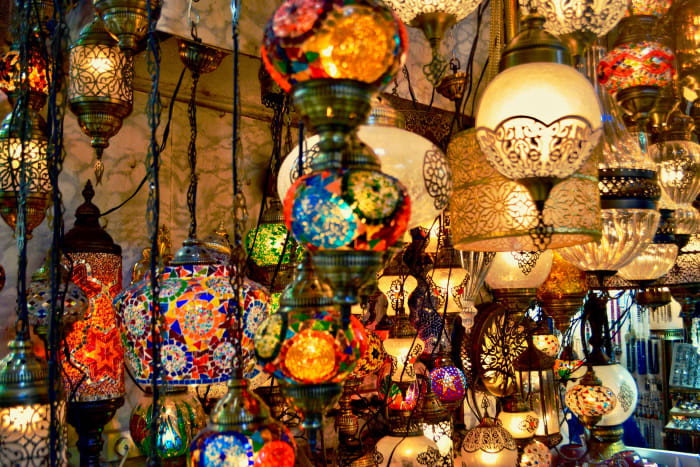 Mark Twain, Ernest Hemingway, and Agatha Christie all found their muse in Istanbul. Turkish writer Orhan Pamuk earned a Nobel Prize for his writings about the city. Countless songwriters, poets, designers, and photographers have all uncovered a creative utopia here.
Mark Twain, Ernest Hemingway, and Agatha Christie all found their muse in Istanbul. Turkish writer Orhan Pamuk earned a Nobel Prize for his writings about the city. Countless songwriters, poets, designers, and photographers have all uncovered a creative utopia here.
Buenos Aires, Argentina
Numbeo’s Quality of Life Index: 112.27 (High)
Nomad Score: 4.95/5
Monthly Life Expenses: 990 dollars
Internet: Fast (17 Mbps)
Argentina is the 2nd largest country in South America, measuring over one million square miles with a population of 45 million people. The country has European roots dating back to the early 1500s and its immigrant population is second only to that of the United States.
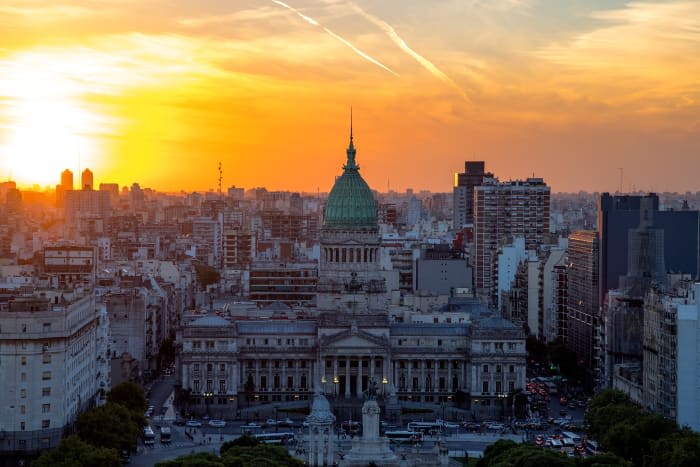 Buenos Aires, or BsAs, as it is commonly known, has a temperate climate that rarely drops below freezing. More than 15 million people reside in the Greater Metropolitan Area (3 million in the city center).
Buenos Aires, or BsAs, as it is commonly known, has a temperate climate that rarely drops below freezing. More than 15 million people reside in the Greater Metropolitan Area (3 million in the city center).
Getting There: Buenos Aires has multiple local and regional airports, but the main international hub is Ezeiza (airport code EZE).
The country of wine, meat and gauchos and its wide-ranging coastline from the beaches of Mar de la Plata till the endless lands of Ushuaia, Argentina is a certainly diverse country. The years of political instability have passed, but the political discussion is still ongoing.
The heart of the country is the metropolitan city of Buenos Aires with 14 million inhabitants, it takes a majority of the country’s population. The city center of Buenos Aires, Gran Buenos Aires, has 3 million inhabitants. Buenos Aires knows beautiful neighborhoods, parks, and architecture that remains you of buildings in Paris.
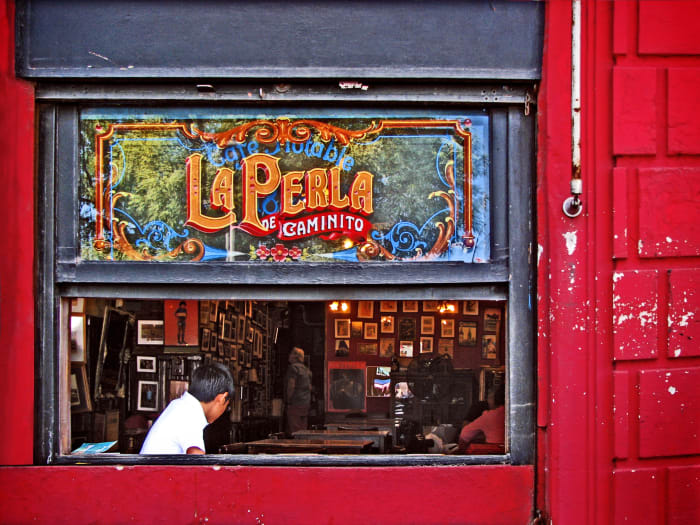 First of all, it is recommended for everyone to learn Spanish. The Argentinians are very proud of their own language, refuse to speak English and that is why they do not speak it very well. Even though Argentinians have their own kind of Spanish, you will manage yourself with Spanish.
First of all, it is recommended for everyone to learn Spanish. The Argentinians are very proud of their own language, refuse to speak English and that is why they do not speak it very well. Even though Argentinians have their own kind of Spanish, you will manage yourself with Spanish.
Buenos Aires is a pretty safe city, just make sure you are not going to spend the night time in La Boca or San Telmo (close to La Boca). La Boca has a touristic site, you should definitely see this, but do this during the day. The best areas in Buenos Aires to live are La Recoleta and Palermo, full of restaurants, bars, exclusive restaurants, and fancy bars. As a taxi driver just told, “people are earning money during the day and spend it all during the night”. This is definitely true.
Argentinians live during the nights. That is why it is not scary to walk around at midnight (of course not in a bad neighborhood), still a lot of people are having dinner or drinking wines, you could even see a grandmother walking with a grandchild. Isn’t it great?
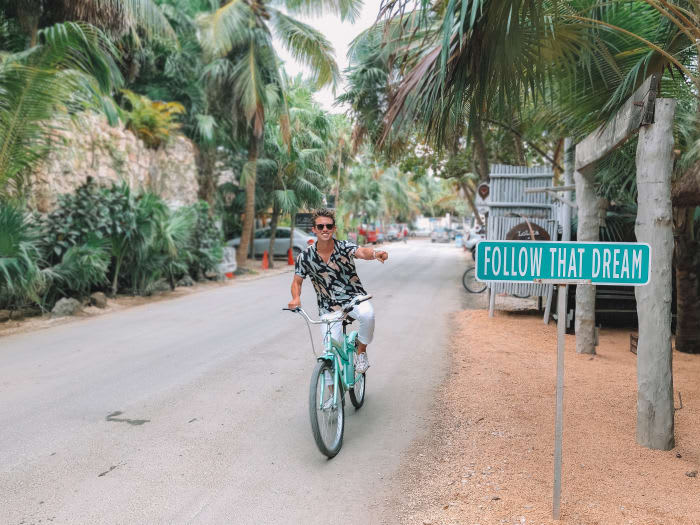 It’s impossible to talk about Argentina without at least mentioning inflation, which is currently at over 25%. That makes for challenging living and working conditions for locals, yet a rock-bottom cost-of-living for remote workers holding valuable foreign currencies.
It’s impossible to talk about Argentina without at least mentioning inflation, which is currently at over 25%. That makes for challenging living and working conditions for locals, yet a rock-bottom cost-of-living for remote workers holding valuable foreign currencies.
Argentina and also Buenos Aires are both not the cheapest of the countries in South-America. However, living here is still pretty decent. Red wine and meat are the local products of Argentina, you can get them everywhere, very cheap and always of super good quality. The rest of the products, clothing are comparable with European prices. However, Apple products are very expensive in Argentina, because of a certain boycott of this American brand.
The price of an apartment can vary depending on which neighborhood you are living in. The prices of apartments or houses are certainly not comparable with prices of living in London, Amsterdam or New York.
Prague, Czech Republic
Numbeo’s Quality of Life Index: 157.41
Nomad Score: 4.34/5
Internet: Very Fast
Monthly Life Expenses: 1380 dollars
Prague is one of the best cities in the world for Digital Nomads. The cost of living index in Prague is 51.50% lower than in New York.
The city rivals any other in Europe in terms of sheer beauty but there is much more on offer than just a pretty face.
Bisected by the Vlatava River, Prague will astound even the most well-traveled tourist with its Gothic grace and Renaissance architecture, its many world-class museums and baroque style churches and bridges.
Explore the medieval streets in the daylight, meander down the riverside in the evening and if all of the sightseeing becomes too tiring you can always relax with some hearty Czech cuisine and a choice of the finest lagers in the world.
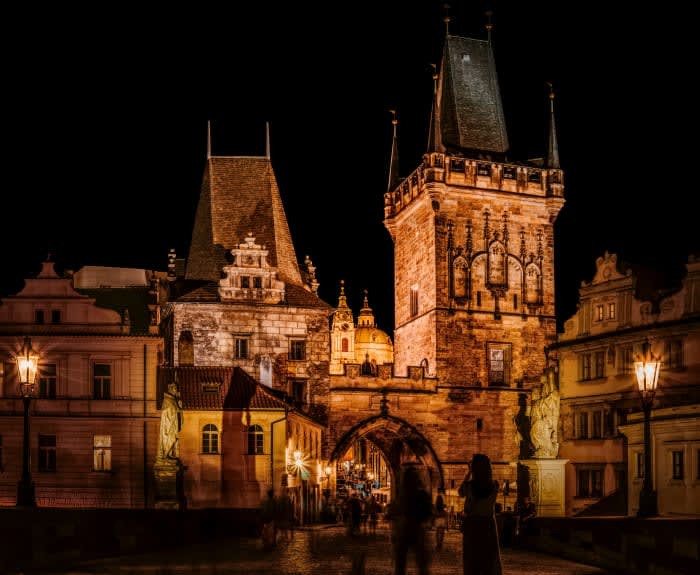
The Jewish quarter, also known as Josefov, is located between the Old Town and the Vltava River. Its history began in the 13th century when Jews living in Prague were ordered to vacate their homes and settle in this one area. The Jews were banned from living anywhere else in the city and were joined by fellow exiled Jews from other European countries. To add to their hardship, many buildings in the area were destroyed in the late 19th century when the cities layout was remodeled. Fortunately, many significant historical buildings remain including six synagogues and are well worth a visit.
Enjoy jazz music, puppet shows and pork knuckles to an astronomical clock and a mind maze…
The language barrier here can be a challenge sometimes, at the supermarket for example, but Prague is a tourist destination and also one of the top places for ex-pats so English is pretty widely spoken here and you can find English-speaking doctors, dentists, even mechanics! There are a couple of ‘Expat in Prague’ type Facebook groups that bring the ex-pat community together to share knowledge about such things.
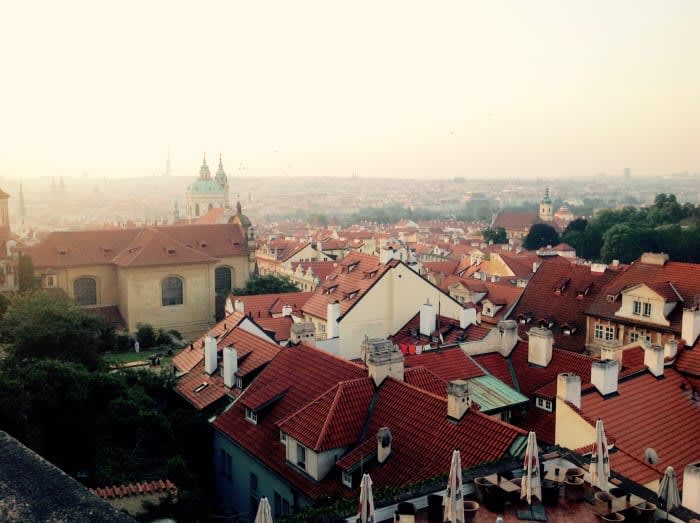 In general, the wifi in Prague is very fast. The ISP company UPC is currently rolling out fiber-optic broadband offering speeds of up to 200mbsp. There is wifi in every bar, restaurant, and cafe in Prague. They even have pretty good wifi on the trams and there is talk of them putting it on the metro.
In general, the wifi in Prague is very fast. The ISP company UPC is currently rolling out fiber-optic broadband offering speeds of up to 200mbsp. There is wifi in every bar, restaurant, and cafe in Prague. They even have pretty good wifi on the trams and there is talk of them putting it on the metro.
Despite its high standards, the cost of living is comparatively less than many other global cities. This makes Prague a very lucrative option for digital nomads looking to make a living in Europe. Renting a 3-bedroom flat in the suburbs will cost around 600 Euros per month while a studio apartment in the suburbs costs about 350 Euros. Rent prices are about 62% of Berlin, 55% of Brussels and just 42% of Amsterdam.
Budapest, Hungary
Numbeo’s Quality of Life Index: 121.73 (High)
Nomad Score: 4.33/5
Monthly Costs: 555 dollars
There are lots of reasons to move to Budapest: it’s a Central European location, the cost of living is still generally lower than other European countries, safety, ambiance, great dental care, wonderful riverside walking paths and amazing architecture.
From oldtown to downtown, Budapest is surely beautiful. During the night, you can fall in love with the city’s lightning again and again.
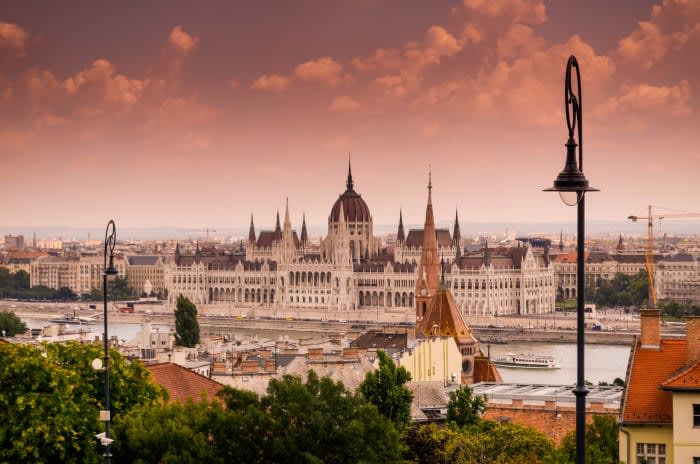 Okay, I am not getting into somewhere objective, but I personally love Budapest a lot. Personally, safety and affordability are pretty important to me. If you think the same, you should check this city out. Many indexes say Budapest is highly safe, but I should say Budapest was the safest city for me that I ever visited.
Okay, I am not getting into somewhere objective, but I personally love Budapest a lot. Personally, safety and affordability are pretty important to me. If you think the same, you should check this city out. Many indexes say Budapest is highly safe, but I should say Budapest was the safest city for me that I ever visited.
Living in Budapest is not the same as living in the USA, the United Kingdom, etc. You will have an obvious advantage if you speak Hungarian, or maybe German, which is Hungary’s second language, although English is rapidly catching up as one of the other most popular languages spoken here. In fact, a great many residents under the age of 40 or so now speak English as their second language.
If you talk to long-term ex-pats who have lived in Budapest for a while, you’ll find they are nearly all satisfied with their choice of city. They like the food, the restaurants, the prices, and the cityscape. There are also the shops, the walking opportunities, and the atmosphere, not to mention the general feeling of safety one gets in this good-sized city! Plus, as a member of the European Union, smoking is no longer allowed inside public places.
In conclusion:
The Nomadic lifestyle is fascinating and inspired many insights about travel and life in general. The inspiration is probably derived from the immense emotional roller coaster this lifestyle offers. Nomads switch between enjoying the incredible benefits of being constantly on the road to painful low points this lifestyle introduces.
 In a world full of people, only some want to fly. Isn’t that crazy?
In a world full of people, only some want to fly. Isn’t that crazy?
– Seal
Take a chance and live life to the fullest. When we are at our most daring is when we feel the most fulfillment.
Further Reading:
20 Remote Startups to Follow in 2020 and Beyond
How Can You Schedule a Productive Remote Work Day?
What Are W-8 BEN and W-8 BEN-E Forms?
How to Take Decisive Action to Conquer Loneliness During Working Remotely




